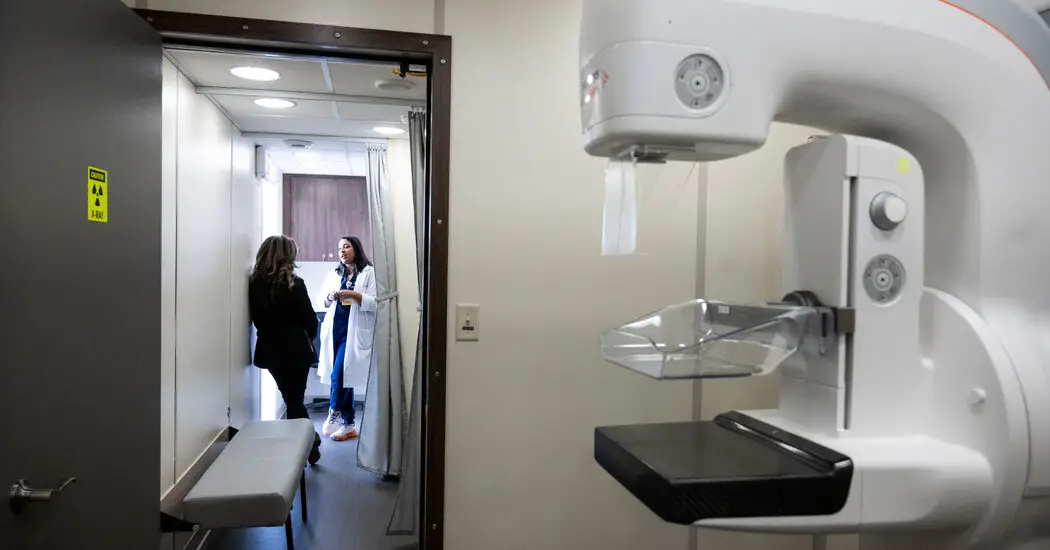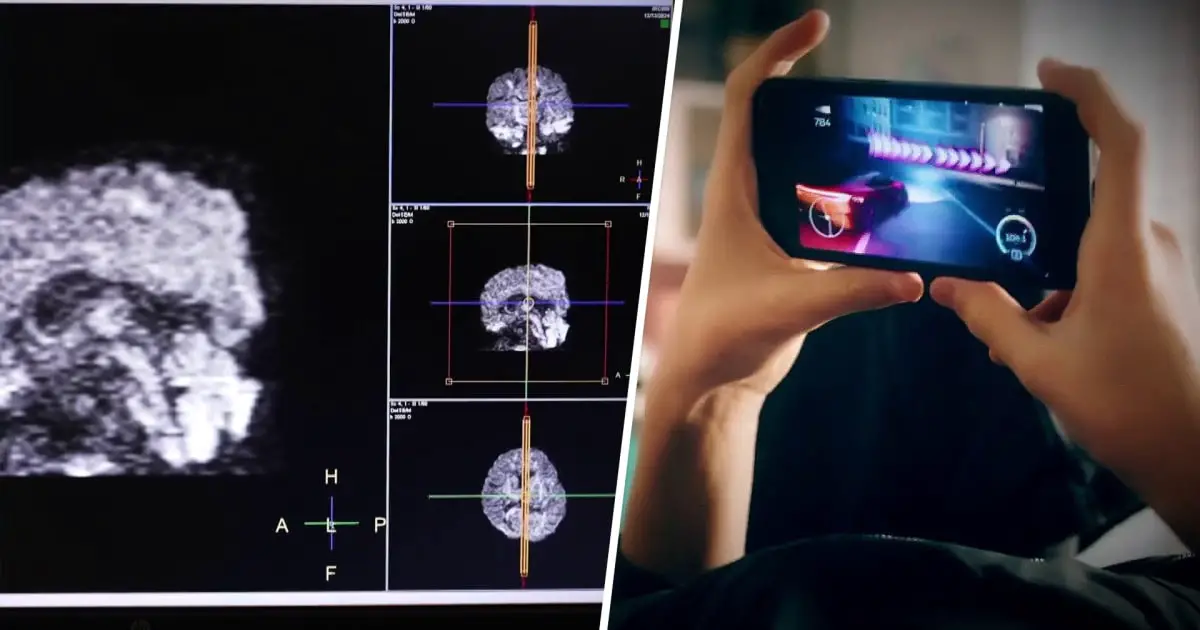
Mammograms can miss tumors in women with dense breast tissue. So for these patients, doctors often include a second scan — ultrasound, for example, or an M.R.I. — which are more likely to turn up cancers at early stages.
But some older patients are running into an unexpected twist. Though many women see the extra scan as a routine form of prevention, Medicare won’t pay for it, and some patients are left to pick up a hefty tab.
Joellen Sommer, 66, who lives in Manhattan, went for her annual breast cancer screening in March. But the clinic’s staff said that while her mammogram would be fully covered by Medicare, a so-called supplemental ultrasound was not.
Ms. Sommer has dense breasts, and a family history of breast cancer. She said she has received mammograms and ultrasound imaging throughout her adult life. “I just don’t understand how something that has been the recommended diagnostic test for years is suddenly not covered by Medicare,” she said.
“My mother had breast cancer, my aunt had breast cancer — I guess that’s not enough,” she added. “I wonder if it was a test for men, if the same issue would arise.”
Lenox Hill Radiology in New York City has started warning patients that if they are insured by Medicare, they may be on the hook for up to $450 if they receive a breast ultrasound, even if breast tissue is known to be dense and the extra scan is performed on the same day as a screening mammogram.
An information sheet provided to physicians noted that Medicare does cover breast ultrasound under limited circumstances, such as “to assess palpable or nonpalpable breast masses, ambiguous mammograms and other signs or symptoms suggestive of breast cancer.”
Guidance about when and how often to undergo breast cancer screening has changed over the years, but mammograms, which use low dose X-rays to detect lesions, have long been the gold standard for early detection.
But mammograms can’t actually “see” tumors in dense breast tissue; both appear white in an X-ray. And dense breasts are not uncommon: While density declines with age, nearly half of women aged 40 and older who get mammograms are found to have dense breast tissue, according to the National Cancer Institute.
Breast tissue is considered dense when it has more fibrous and glandular tissue, and less fatty tissue.
Starting in September, all mammography centers in the United States will be required to inform patients who are screened for breast cancer if they have dense breasts. The effort to draw attention to the shortcomings of mammograms for these patients was started by women whose own cancers were detected at a late stage, despite regular mammography screenings.
Dense breast tissue is itself a risk factor for breast cancer. Women with extremely dense breasts have twice the risk compared with those who have what is called “scattered dense tissue,” or dense tissue here and there in the breast, studies have found.
Advocates say that for women with dense breast tissue, mammograms alone are “incomplete screening,” and some scientists agree. Dr. Dorraya El-Ashry, chief scientific officer of the Breast Cancer Research Foundation, said that a supplementary ultrasound is the current standard of care for a secondary screening for dense breasts.
“In women with the densest breasts, mammograms will miss about half of cancers present — half,” JoAnn Pushkin, executive director of DenseBreast-info, an educational group, said.
The most common questions the group receives are from women trying to navigate supplemental screenings, or find out why they were not covered by insurance, Ms. Pushkin said.
“That’s a lot of cancers being left on the table, and an opportunity missed to find them at the earliest stage possible, when they’re most treatable and survivable,” she added.
The organization is supporting the Find It Early Act, legislation proposed by Representative Rosa DeLauro, Democrat of Connecticut, and Representative Brian Fitzpatrick, Republican of Pennsylvania. The measure would ensure that all health insurance plans cover screening and diagnostic breast imaging, including mammograms, ultrasounds and M.R.I.s, with no cost sharing.
A spokeswoman for the federal Centers for Medicare & Medicaid Services said its policies have not changed: Medicare covers annual radiologic screening for women ages 40 and older at 100 percent, as part of preventive care.
But the agency makes a distinction between mammograms and other screening tests, like ultrasounds, and they are billed like diagnostic tools, the spokeswoman said in an email.
And there is not universal agreement on the value of alternative screening for women with dense breasts. The American College of Radiology says that 3-D mammography increases the number of cancers that can be seen without additional testing, and that ultrasound and M.R.I. scans can help find cancers that can’t be seen on a mammogram.
But neither the American College of Obstetricians and Gynecologists nor the U.S. Preventive Services Task Force has endorsed additional breast cancer screening methods for patients with dense breast tissue. There is insufficient data from clinical trials to do so, the groups say.
There are also disadvantages associated with supplementary screening methods, such as a high rate of false positives with ultrasounds, which cause unnecessary anxiety and follow-up care, and the high costs associated with M.R.I. scans.
But in a letter last year to the task force, Ms. DeLauro and Representative Debbie Wasserman Schultz, Democrat of Florida, said several of the panel’s recommendations have put women’s lives at risk, including the task force’s failure to “recognize the significant body of evidence supporting additional screenings” for patients with dense breasts.








